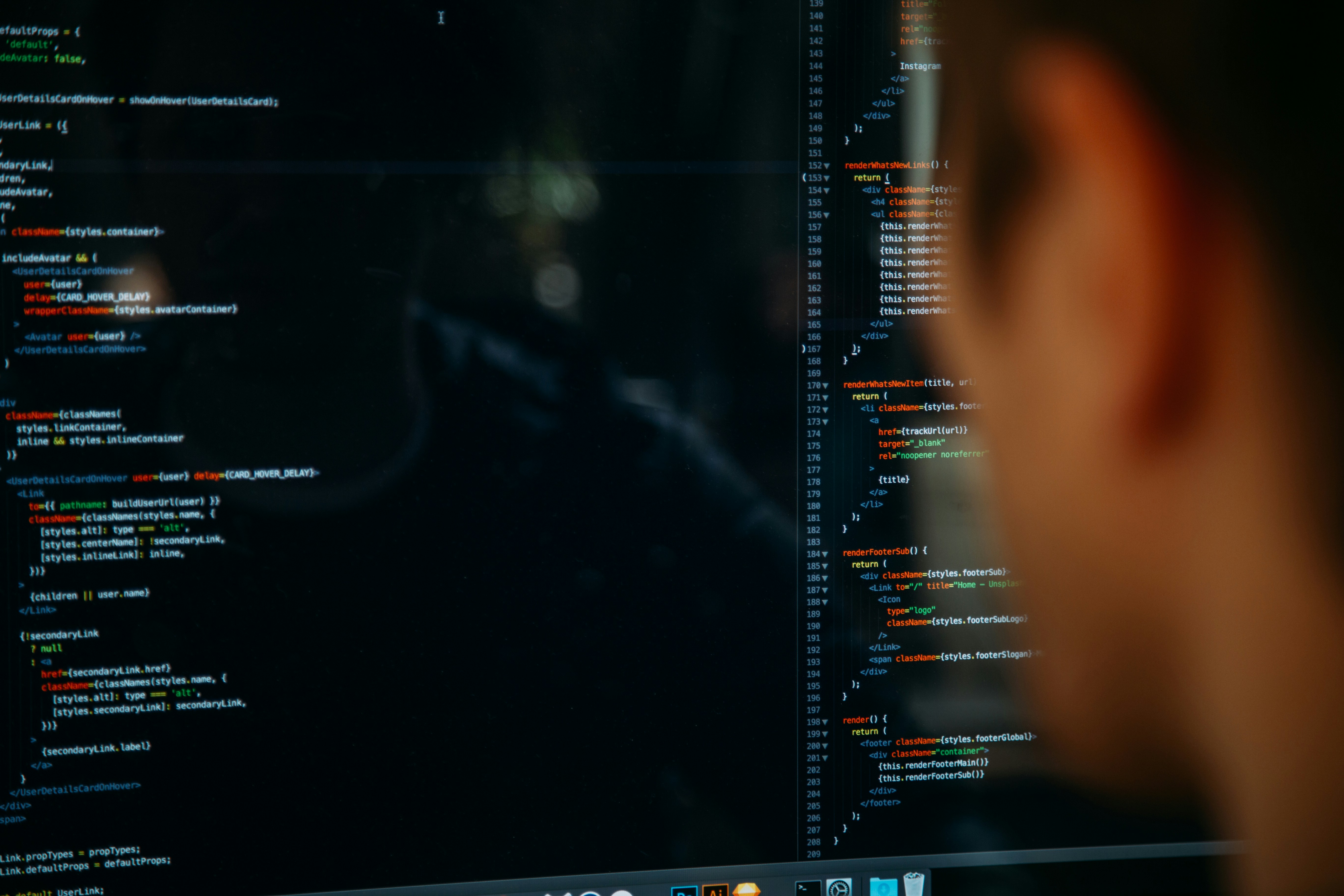How much deep learning background is required?
Basic familiarity with neural networks and machine learning is expected. The course will build on these foundations toward more advanced topics like transformers and reinforcement learning.

Modern AI systems are powered by deep learning and advanced machine learning techniques. In this course, students will learn to build deep neural networks—with and without attention mechanisms—train models using popular AI libraries, and deploy them in the cloud. The course also introduces reinforcement learning, probabilistic graphical models, and recursive networks, giving students a strong foundation in both current and alternative AI approaches. Students will apply their skills in a final project to implement a complex AI application.
Course Start:
Course End:
Estimated Effort:
10 h/weekIn this module, the students learn how to in-terpret, modify and create new deep learning architectures. We look at the different kinds of networking, activation functions and shortcuts, developing a classification of architectural principles that can be used for new projects.
One important aspect is also understanding how to train networks and simplify them later, using self-learning principles.
Students should have prior knowledge of basic machine learning concepts, proficiency in Python, and familiarity with foundational deep learning techniques. Experience with frameworks like TensorFlow or PyTorch is recommended but not required.
Basic familiarity with neural networks and machine learning is expected. The course will build on these foundations toward more advanced topics like transformers and reinforcement learning.